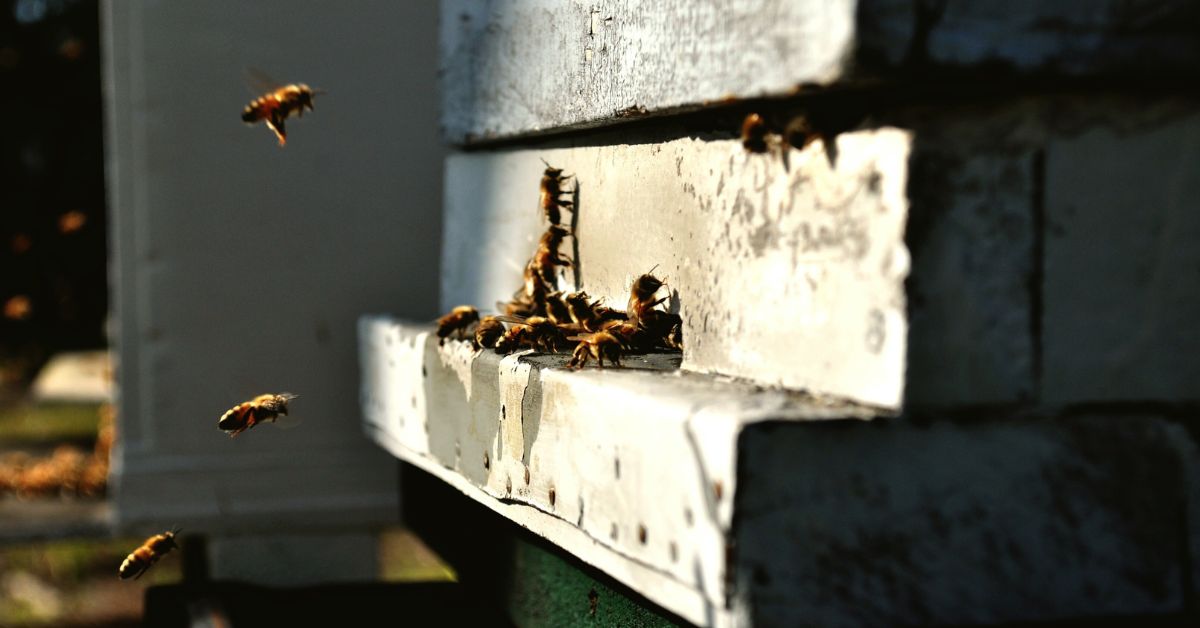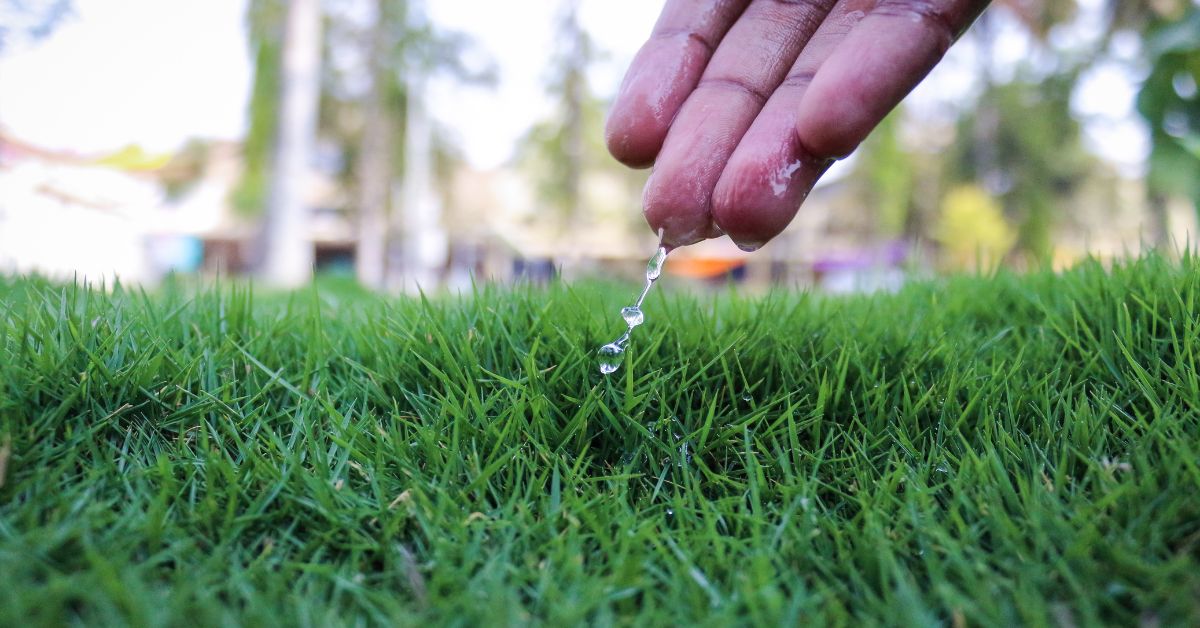Finding a wasp nest inside your home can be more dangerous than just an annoying sting. Wasps can be aggressive, especially if they feel threatened, and their nests, when disturbed, can cause painful reactions or allergic reactions in some people. Knowing how to find a wasp nest in your house can help you take quick action to either remove it yourself or call a professional pest control service. In this guide, we’ll walk you through the process of identifying a wasp nest, the signs to watch for, and effective methods to handle the situation safely.
How to Find a Wasp Nest in Your House: Key Indicators
The first step in discovering whether you have a wasp nest inside your home is to look for specific signs that will tell you whether the pests have made themselves at home. Wasps are generally more active during warmer months, particularly in late summer or early fall, so this is when you’ll most likely spot them.
Signs of a Wasp Nest
Wasp Activity Around Your Home:
Wasp activity around your home is a key indicator of a nearby nest. If you notice wasps flying near entry points, such as doors or windows, or frequent buzzing in specific areas, it’s likely that a nest is nearby. Observing their flight path can help pinpoint the nest’s location.
Visible Holes or Gaps:
Visible holes or gaps in your home’s exterior are common entry points for wasps. They can squeeze through even the smallest cracks in walls, roofs, or eaves. Inspect areas like vents, windows, and door frames for any visible damage. If you find small holes, it may indicate that wasps are nesting inside your home.
The presence of wasp larvae or nesting materials, such as papery substances or empty larval cells, indicates a wasp nest nearby. These materials are often found in hidden areas like attics, basements, or behind walls. If you notice these signs, it’s essential to investigate further, as they suggest wasps are actively nesting in your home.
How to Search for a Wasp Nest Inside Your Home: Step-by-Step Guide
Observe Wasps’ Flight Patterns
Observing wasps’ flight patterns is an effective way to locate a nest. Wasps typically follow a consistent route to and from their nest, flying in and out of specific areas. By carefully watching where they go, especially during peak activity times, you can trace their path back to the nest, helping you pinpoint its location.
Inspect Common Nesting Areas
Inspecting common nesting areas, like attics, basements, and eaves, is crucial for locating a wasp nest My Lawn in Florida. Wasps often choose hidden, undisturbed spots to build their nests, such as in dark corners, wall cavities, or under roof overhangs. Carefully check these areas for signs of wasp activity, such as visible nests or holes, to identify their nesting site.
Use a Flashlight for Hidden Spaces
Using a flashlight is essential for inspecting hidden spaces where wasps may nest, such as dark corners, attics, or behind walls. A flashlight helps illuminate areas that are otherwise difficult to see, allowing you to spot nests or wasp activity in places like rafters, vents, or gaps. This tool ensures you don’t miss any potential nesting sites.
Avoid Disturbing the Nest
Avoid disturbing the wasp nest to prevent aggressive behavior. Wasps become defensive when threatened, and disturbing the nest can lead to multiple stings, which may be dangerous, especially for those allergic to their venom. If you locate a nest, it’s safest to contact a professional pest control service to handle removal without risking injury or harm.
Prevention: How to Avoid Future Wasp Nests in Your Home
Once you’ve discovered a wasp nest, the next step is to prevent them from coming back. Here are some useful tips:
Seal Entry Points:
Sealing entry points is crucial in preventing wasps from entering your home. Check for cracks, gaps, or holes around windows, doors, vents, and rooflines. Use caulk, weatherstripping, or mesh to close off these openings. By sealing entry points, you reduce the chances of wasps finding a way inside, effectively deterring them from building nests in your home.
Maintain Your Home’s Exterior:
Maintaining your home’s exterior is key to preventing wasp infestations. Regularly inspect the roof, gutters, and siding for damage or signs of wear, as these areas are common entry points. Repair any cracks or holes promptly and ensure that vents are properly screened. A well-maintained exterior helps minimize the risk of wasps finding a place to nest.
Keep the Surrounding Area Clean:
Keeping the surrounding area clean helps prevent wasp attraction. Wasps are drawn to food and sugary substances, so ensure that trash bins are sealed tightly and any food or drinks are cleared away. Regularly clean outdoor areas, including patios and gardens, to eliminate food sources and reduce the likelihood of wasps establishing a nest near your home.
FAQs
Q: What should I do if I find a wasp nest inside my home?
A: If you find a nest, avoid disturbing it and contact a pest control professional to handle the removal.
Q: How can I tell if there is a wasp nest in my attic?
A: Look for signs of wasp activity, such as increased buzzing, visible holes, or nests in hidden corners.
Q: Can wasps enter through tiny holes in walls?
A: Yes, wasps can enter your home through tiny holes or cracks in the walls. It’s important to seal these gaps to prevent nesting.
Q: Are wasp nests dangerous?
A: Yes, wasp nests can be dangerous, especially if disturbed. Wasps can become aggressive, and their stings may cause allergic reactions.
Q: How do I prevent wasps from nesting in my home?
A: Seal entry points, maintain your home’s exterior, and keep areas around your home clean to discourage wasp activity.
Conclusion
Finding a wasp nest in your house can be unsettling, but by knowing the signs and following a step-by-step approach, you can locate it safely and take the necessary steps to remove it. Always prioritize safety, and when in doubt, seek help from a pest control professional. Regular maintenance around your home can also prevent future infestations, ensuring that your living space remains safe from these potentially dangerous pests.







